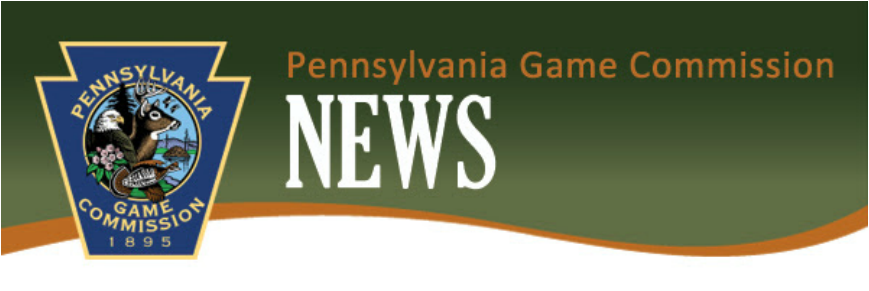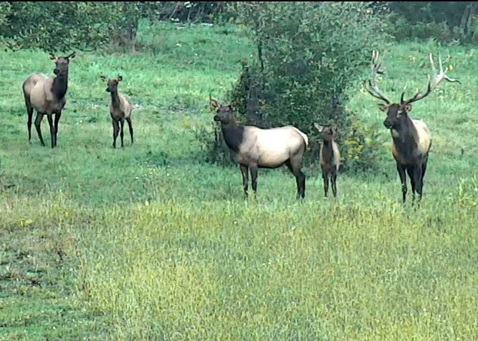Release #067-15
ELK CAM GOES LIVE
Hear a bull's ear-splitting bugle without leaving home.
Each September, thousands of visitors make their way to Pennsylvania's elk country to experience for themselves the wonder of the bugling season.
And while there's nothing quite like seeing a giant bull up close, or feeling your rib cage resonate as it lets loose an ear-splitting bugle, there's an opportunity this year to get a glimpse of Pennsylvania's prime time for elk - without ever having to leave home.
The Pennsylvania Game Commission has installed a camera on State Game Lands 311 in Elk County, in a field that is off limits to people, but that typically is a hub of elk activity as the bugling season heats up. The camera was installed with help from the state Department of Conservation and Natural Resources’ Bureau of Forestry. Video and sound from the camera are being live streamed on the Game Commission’s website, www.pgc.state.pa.us, and some good-sized bull elk, not to mention turkeys, deer and other wildlife, already have made appearances.
The live stream, which is provided by the Game Commission’s partner, HDOnTap, is the latest in a string of real-time wildlife-watching opportunities offered by the Game Commission. More than 1.5 million people viewed the live stream from a bald-eagle nest in Hanover, Pa. this winter and spring, and the Game Commission in previous years has provided live streams from osprey and bluebird nests, as well.
Game Commission Executive Director R. Matthew Hough said while there’s no substitute for visiting elk country in person, the camera gives viewers a taste of what the excitement is all about.
“Elk have not always had an easy time of it in Pennsylvania, but since the Game Commission reintroduced elk to the state in 1913, they’ve pulled through some tough times and, today, we have one of the top herds in the country,” Hough said. “Give credit to sound management, the creation of better elk habitat all across northcentral Pennsylvania, and most importantly, people who care. Without them, the elk’s success wouldn’t be the same.”
The elk live stream page also contains information on Pennsylvania’s elk, including a documentary on Pennsylvania elk restoration. Pennsylvania educators may be interested in the accompanying guide which can be used in the classroom.
The live stream is slated to run until the end of the bugling season, likely sometime in mid-October. The top time to see elk on camera has been late in the afternoon.

